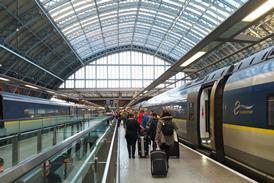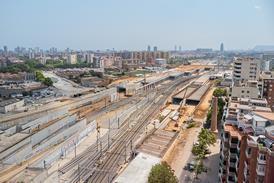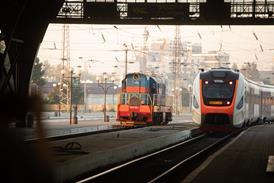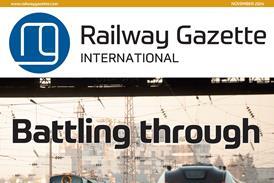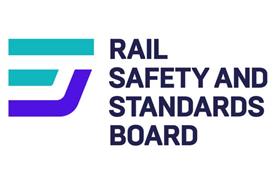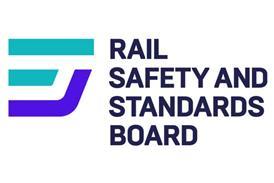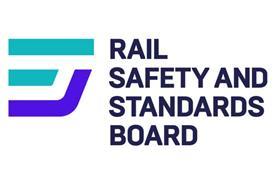THOUGH IRON ORE prices were slashed by more than 10% in February, and export volumes fell last year, the three companies in the Pilbara region of Western Australia which together operate the world’s most competitive and efficient heavy haul railways are continuing to expand their potential output. Their expectation is that the Asia-Pacific region will recover from recent economic troubles, and in due course the total tonnage carried by rail will reach new heights.
Major players are Hamersley Iron, owned by Rio Tinto, and BHP Iron Ore. Each of their main lines, fed by branches serving a number of mines, carries between 50 and 60 million net tonnes a year, equivalent to 100 million or more gross tonnes. Robe River, owned by North Ltd, moves about half this tonnage to Cape Lambert, while the much smaller Goldsworthy operation was absorbed by BHP-IO in 1991.
It is BHP-IO that is driving axleloads relentlessly upwards and may one day reach 40 tonnes (p377). But all three operators invest heavily to maintain their track and rolling stock at peak condition so as to minimise dynamic forces and wear, as well as avoiding costly and disruptive derailments.
Except for Goldsworthy, gross train weights in the 24000 to 34000 tonne range are the rule, with mid and rear of train locomotives controlled from the head end by radio. The fact that rail operations in the Pilbara are covered by mining as opposed to traditional railway safety codes introduces scope for innovation that many operators elsewhere would envy.
For example, a loaded train leaving Deepdale on the Robe River Railway with two locos in front will have two more banking unmanned at the rear. Having reached the summit, the lone driver at the front detaches the bankers while running non-stop through Siding Two, where the locos come automatically to a stop. Here, an empty train will normally be waiting. Its driver boards the two bankers and shunts them on to the front of the two locos hauling his own train. He then drives all four to Deepdale. Productivity is the name of this game.
Expansion continues
Four groups have obtained concessions to develop new ore bodies in a compact area some 400 km from the sea. They all lie between the BHP-IO and Hamersley main lines, but closer to the former.
BHP-IO and Hamersley have both built lines to tap their new mines at Yandicoogina, which are a mere 11 km apart. While the former was short, if steeply graded in favour of loaded trains, Hamersley’s 144 km extension from the end of its Marandoo branch to Yandi passes through hilly country and required major earthworks. It opened on December 28 1998, five months ahead of schedule; the entire mine and railway project came in US$155m under budget at US$360m.
The summit of the Yandi branch is at Hawk, the highest point reached by any railway in Western Australia at 783m above sea level. The passing siding here is long enough to take trains of 240 ore cars, one of four in the 197 km between Yandi and the main line at Rosella including Marandoo.
From Hawk, the line drops 251m in 98 km to reach Yandi. The ruling grade is 0·6% compensated, so a pair of Hamersley’s 29 General Electric Dash 9-44CW locos hauling the standard formation of 226 ore cars grossing 29000 tonnes is assisted up the hill by two more at the rear; the climb takes 2h 30min using the full 17600hp available.
Traction motor temperature simulations determined the profile of the line through the difficult 56 km closest to Yandi. Here, cuttings up to 30m deep were necessary despite almost continuous curves of 600 to 700m radius through the final 26 km. Deep head-hardened rail supplied by NSC and NKK of Japan was laid on this section.
Apart from a short spur to BHP-IO’s Area C near Yandi, the next major rail development in the Pilbara is likely to serve West Angelas, some 60 km to the southwest. This has been secured by Robe River Mining, but it is a long way from the nearest point on that company’s railway.
WA’s Environmental Protection Agency has objected to Robe River’s proposal for a 342 km new line, and called for the company to build a branch to West Angelas off Hamersley’s Yandi branch. This would require agreement either for Hamersley to haul Robe’s ore under contract, or to allow its rival’s trains on to its tracks.
The issue is now in the federal courts, where Rio Tinto is resisting the claim by Robe’s owner, North Ltd, that access to Hamersley’s line should be open to other operators if the National Competition Council so decides. North has been joined in the action by Hope Downs in which South Africa’s steelmaker Iscor has an interest. Hope Downs has no ambition to run a railway, but wants access to the BHP-IO Railroad at nearby Yandi for its iron ore.
Both BHP and Rio Tinto claim that their railways are an integral part of the mining process and are not, therefore, service industries covered by recent federal legislation requiring railway operators to let other companies use their tracks.

